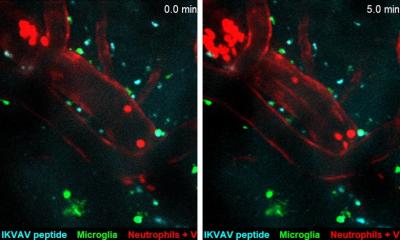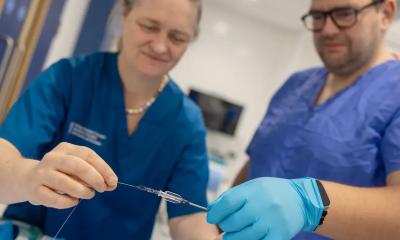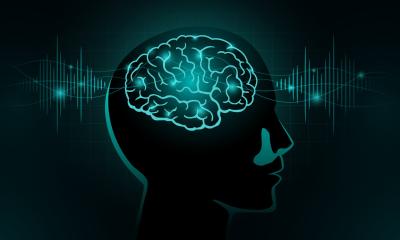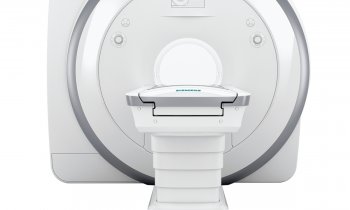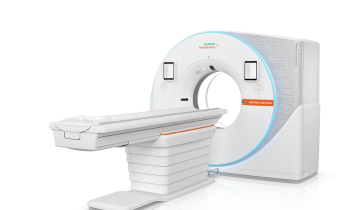Pioneering vertebral procedure
Czech Republic - In 2001, when doctors at the Motol Faculty Hospital first saw Dusan Matras, he was diagnosed with a thyroid gland problem. However, they later found he had a tumour. Six years later, Dusan has become the first in the world to undergo a unique surgical procedure on the vertebral column in the neck area.
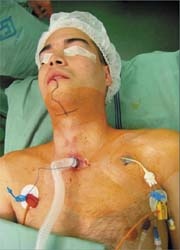
Dr Jan Stulík, who heads vertebral surgery at Motol, explained that the patient originally had thyroid gland neoplasm, and this had been removed. However, five years later a vertebral metastasis was found in the second cervical vertebra. After lengthy discussions, then planning, the Motol team decided to remove the entire C2 vertebra (axis) – a risky procedure. All previous efforts to do this have resulted in partial brain damage because C2 protects two large brain vessels, one of which had to be sealed off.
The Prague surgeons became the first to successfully complete such an operation without destroying any arteriae vertebrales or damaging the patient’s brain. The team first worked from the back of patient’s neck, removing the arcus posterior vertebrae. Three weeks later they removed the remaining C2, by centrally splitting the lower jaw (mandibula). They fixed C1 (atlas) and C3 together using a metal fitting enclosed in bone implants taken from the patient’s pelvis. At the same time, to support the nerves and large vessels, they replaced the missing C2 frontal area with a titanium inlay.
Thus the surgeons removed the whole vertebra without harming the vital structures running through the spinal canal and secured almost the full physiological movement range of patient’s head - 11 hours after surgery. ‘I have just slight difficulties turning my head to the furthest left and right positions, but otherwise everything is absolutely perfect,’ 27-year-old Dusan told the waiting press.
Details (no translation): http://www.
fnmotol.cz/html/zdravotnicka_pracoviste/zp.php?lang=cz&id=17
01.05.2007



